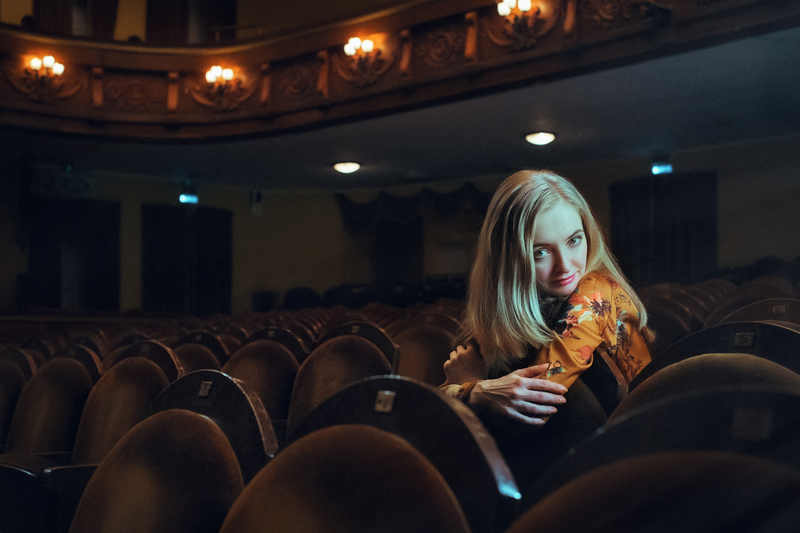The Eyes of the Mummy Film Review

The culture of Ancient Egypt has inspired artists for centuries. It was inevitable that Egyptomania would work its way into the 20th century’s greatest art form, the movies. “The Eyes of the Mummy”, produced in 1918, uses the European tourist’s appetite for visiting newly discovered tombs as inspiration.
The story, written by Hanns Kraly and Emil Rameau, shows some evidence of Orientalism (a patronizing or stereotyped view of Arab culture). Radu (Emil Jannings), caretaker of Queen Ma’s burial site, dupes tourists into believing the tomb is cursed. Young Albert Wendland (Harry Liedtke) is brave enough to investigate. He discovers a young woman (Pola Negri) enslaved by Radu, and forced to impersonate the dead Queen.
Wendland rescues the damsel in distress. He brings her back to his native Germany and weds her. Christened “Ma”, she creates a sensation in polite society with her oriental dancing. The obsessive Radu, however, also finds his way to Europe. Radu vows to locate Ma and wreak his revenge.
Ernst Lubitsch was in his mid-20s when he directed “The Eyes of the Mummy”. The lack of camera movement is evidence that his style was still developing. There are some interesting lighting effects in two scenes, showing the extreme contrast between light and dark that was to become a hallmark of German Expressionism.
Lubitsch eventually immigrated to the US where he landed at Paramount Studios and directed a number of sophisticated comedies (“Trouble in Paradise” , “Ninotchka”). “The Eyes of the Mummy” is pure melodrama, though, and the acting of Pola Negri and Emil Jannings reflects it. Negri spends a lot of time wide-eyed and clutching either her chest or her husband’s arms. She is capable of delivering more subtle performances, as she proved in Mauritz Stiller’s “Hotel Imperial” (1927). Jannings only shows an inkling of his power (he was the first male actor to receive an Academy Award) in the final scene.
“The Eyes of the Mummy” is available on DVD in an unrestored version. If only for historical reasons, the film should be cleaned up and preserved. As is, the viewer can still discern some of the care that went into set and costume design during the silent era. Even in grainy black-and-white, the varied texture of the silks and velvets and furs creates a sensual effect.
The piano music which accompanies the film is too distracting. Rachel Gutches cannibalizes the music of Chopin, primarily the Revolutionary Etude and the Fantasie-Impromptu, for her score. Melodies from Chopin’s more somber Nocturnes would have been appropriate for the subject matter. My advice is to screen “The Eyes of the Mummy” at a Halloween party with the sound turned off. Provide your own spooky music and enjoy these images created nearly one hundred years ago.
I watched “The Eyes of the Mummy” on DVD at my own expense. Review posted on 10/6/2017.
You Should Also Read:
Haunted Screens - German Expressionism in Film

Related Articles
Editor's Picks Articles
Top Ten Articles
Previous Features
Site Map
Content copyright © 2023 by Angela K. Peterson. All rights reserved.
This content was written by Angela K. Peterson. If you wish to use this content in any manner, you need written permission. Contact Angela K. Peterson for details.


